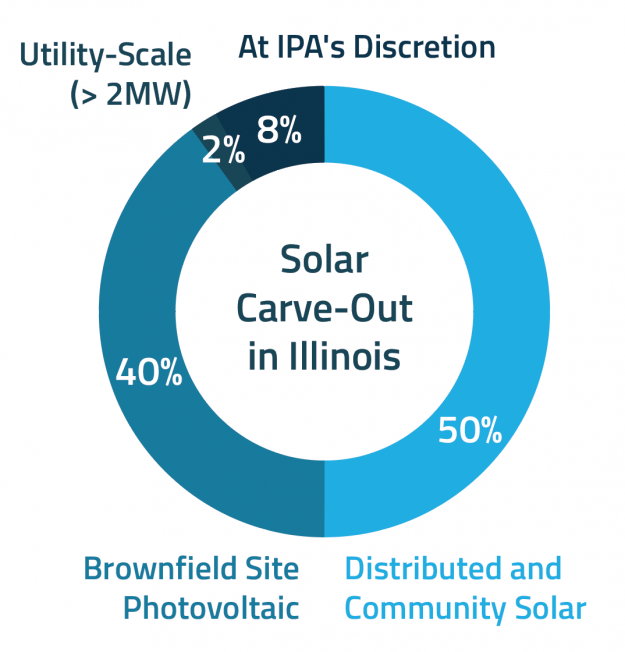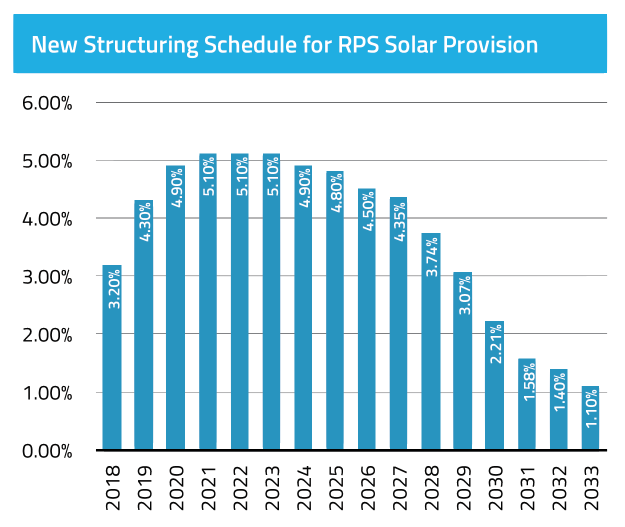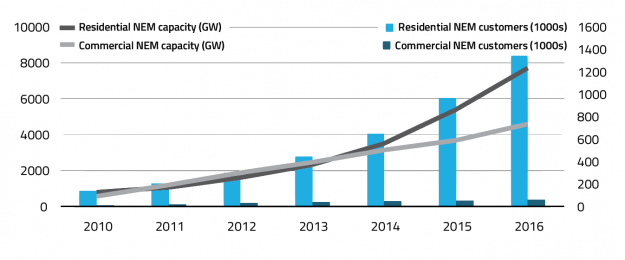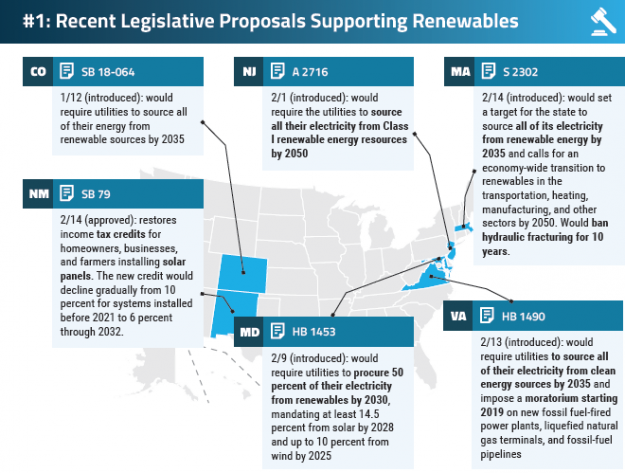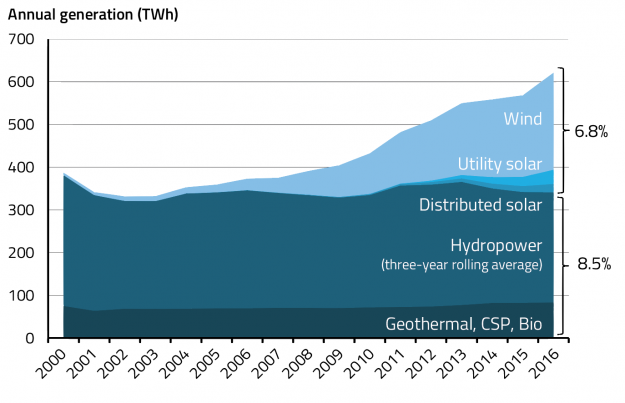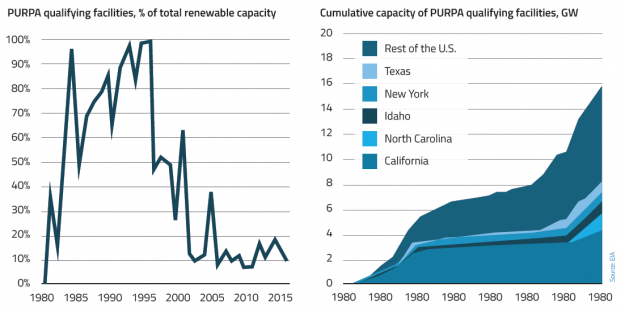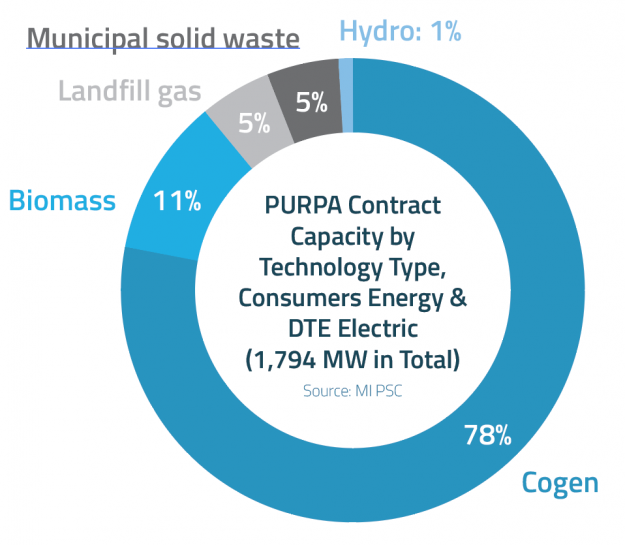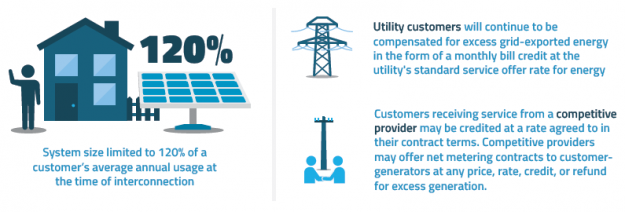EnerKnol’s Visual Primer – Utilities Seek Demand Charges as States Tussle with Net Metering Policies
The proliferation of customer-sited generation has prompted utilities to push for demand charges – a fee based on a customer’s peak consumption during a billing period – to recover fixed costs and address cross-subsidies. Utilities face the conundrum of losing revenue as customers installing distributed generation, such as rooftop solar, rely less on the utility for power needs while also shifting costs to other customers. Solar advocates argue that these fees impact customers’ ability to control their bill, potentially wiping out the incentive to install solar.



